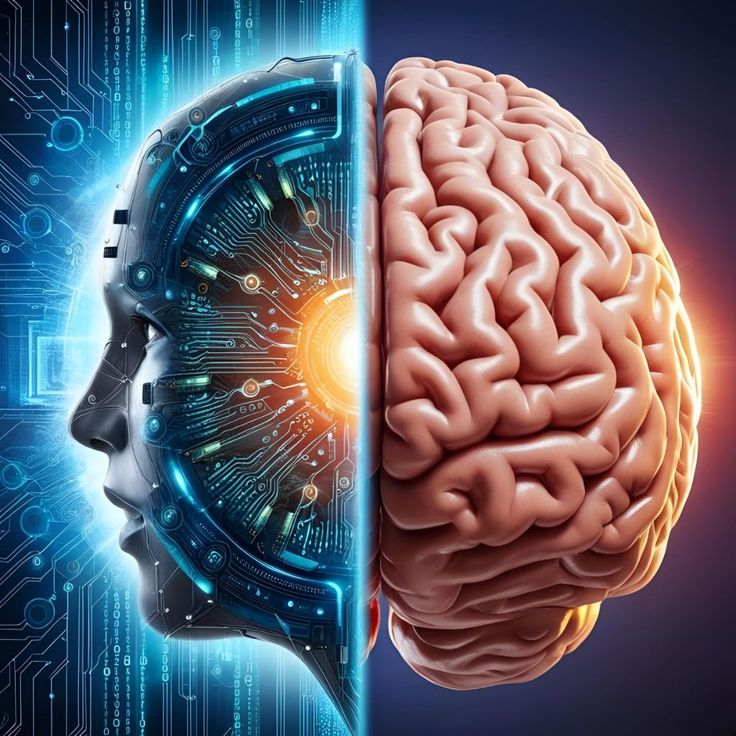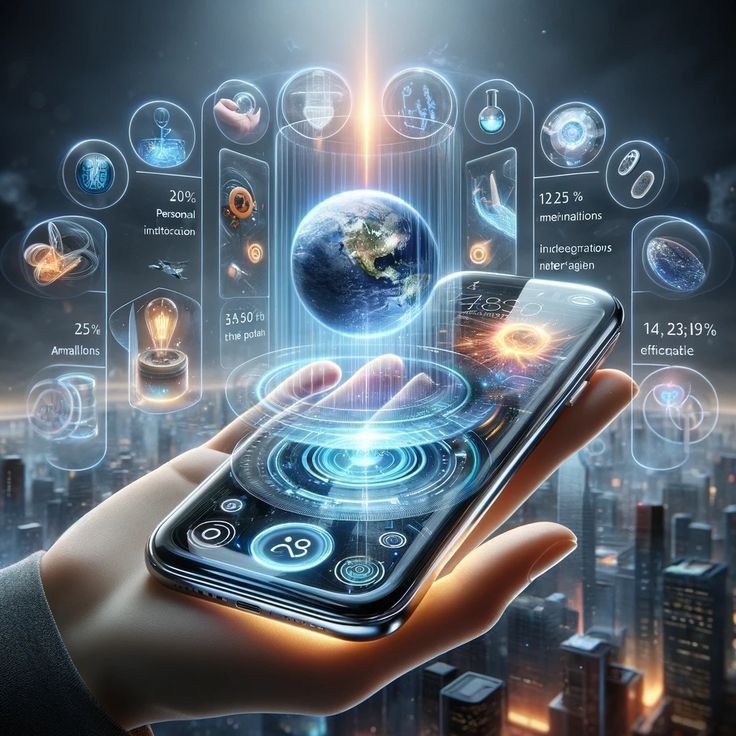Artificial Intelligence (AI) and human intelligence both solve problems, but they do so in profoundly different ways. Understanding those differences helps leaders decide when to automate, when to augment, and when to keep a human firmly in charge.
The way each learns and generalizes is very different. Humans can learn from just a few examples, transfer knowledge flexibly, and rely on context, emotion, and common sense. For instance, a child who learns what a “chair” is can recognize chairs of wildly different shapes and sizes. AI systems, especially today’s deep learning models, usually learn from huge datasets.
They are excellent at pattern recognition within the domain they were trained on but struggle when the real world shifts (data drift) or when tasks require common-sense reasoning beyond the training data.
The strengths of AI and humans can be seen side by side. AI excels at scale, being able to process millions of records or images quickly. It also offers consistency, performing the same procedure every time without fatigue.
AI can mine patterns, uncovering subtle correlations that humans may miss, and it provides availability, functioning 24/7 and deployable globally. Human strengths, however, lie in judgment and ethics, as people can weigh values, context, and consequences.
Humans are also creative, able to invent new categories, analogies, and strategies. Empathy and rapport are uniquely human abilities, allowing trust-building, motivation, teaching, and negotiation. Humans are adaptable, able to generalize from a few examples and handle ambiguity.
Reasoning, explainability, and trust also highlight the differences. AI can produce fluent answers without genuine understanding, and large language models sometimes “hallucinate” by producing confident but incorrect statements.
Humans also make mistakes, but they can explain context, intentions, and trade-offs. For high-stakes decisions such as medical diagnoses, legal sentencing, or financial approvals, human oversight is essential.
Emotion, motivation, and values set humans apart even further. Humans bring moral reasoning, emotions, and lived experiences into decision-making. They care, aspire, and take responsibility. AI, on the other hand, operates on optimization goals such as loss functions or reward signals, but it has no intrinsic values or accountability. This distinction is critical when decisions affect dignity, rights, or safety.
The most effective approach is collaboration, not competition. The idea of “centaur intelligence” frames humans and machines working together. AI can draft, sort, summarize, and predict, while humans set goals, verify, and make final decisions.
In education, AI tutors can provide support while teachers cultivate identity and character. In business, AI can generate forecasts, but leaders still choose the strategy and narrative.
Practical guidelines for using AI wisely include leveraging AI for speed and breadth while relying on humans for depth and meaning. A human-in-the-loop should always be kept for high-risk decisions.
Systems should be audited for bias and fairness, and explainability should be designed where required. Investing in digital literacy ensures that people understand AI’s capabilities and limitations.
Conclusion
AI is powerful pattern machinery, while humans are meaning-making beings. The future belongs to teams that combine machine scale with human wisdom—fast when possible, careful when necessary.



